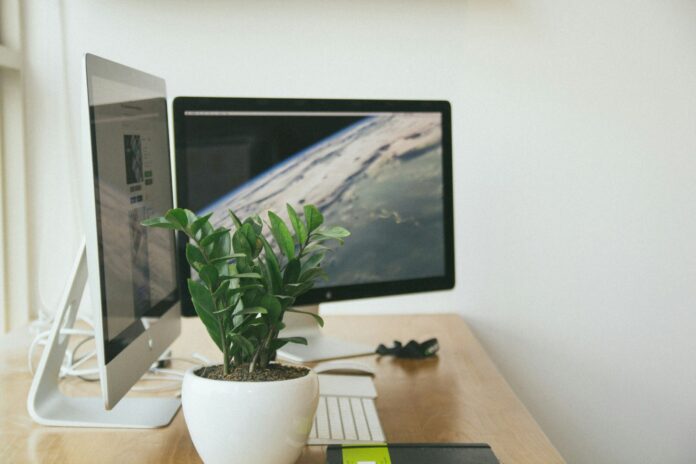Investing in your remote work setup is not just a luxury — it’s a necessity. Over the years, I’ve seen countless professionals struggle with inefficiencies that stem from a poorly arranged workspace. When you’re working from home, the environment can either empower you or drain your productivity. It’s crucial to recognize what works and what doesn’t.
1. Designate a Dedicated Workspace
Your home office should be a sanctuary for productivity. I’ve learned that when I try to work from the couch or the bed, distractions multiply. Designate a specific area for work, and keep it free from non-work-related clutter.
2. Invest in Ergonomics
Your body pays the price for poor posture. I’ve spent too many hours hunched over at makeshift desks, and it led to chronic pain. Investing in an ergonomic chair and desk isn’t just smart — it’s essential for long-term health.
3. Optimize Your Tech
Slow devices can hinder your performance. I’ve had days where a lagging computer turned a simple task into an hour-long ordeal. Ensuring your technology is up-to-date can save you time and frustration.
4. Minimize Distractions
Distractions are the enemy of focus. I’ve had to learn the hard way that even the slightest noise can derail my concentration. Identifying sources of distraction in your home and finding ways to eliminate them is crucial.
5. Create a Routine
Structure breeds productivity. I’ve seen firsthand how a flexible schedule can become chaotic without a plan. Establishing a daily routine helps maintain focus and keeps the workday flowing smoothly.
6. Leverage Technology for Collaboration
Communication is key in a remote setting. I’ve experienced the pitfalls of miscommunication due to a lack of face-to-face interaction. Utilizing collaboration tools effectively can bridge that gap and enhance teamwork.
7. Take Regular Breaks
Burnout creeps in when you don’t take breaks. I’ve pushed through hours of work without stepping away, only to find my productivity plummeting. Scheduling regular breaks helps recharge your mind and keeps your work sharp.
8. Personalize Your Space
Your workspace should inspire you. I’ve found that surrounding myself with items that motivate me — like artwork or plants — can elevate my mood. Make your remote workspace reflect your personality and passions.
9. Maintain Work-Life Balance
Blurring the lines between work and home can lead to stress. I’ve navigated the challenges of feeling like I’m always “on.” Setting clear boundaries for work hours protects your personal time and mental health.
10. Stay Connected with Colleagues
Isolation can creep in when working remotely. I’ve realized that reaching out to colleagues for virtual coffee breaks or casual chats can foster camaraderie and collaboration. Staying connected is vital in a remote landscape.
11. Review and Adjust Regularly
Your setup should evolve with your needs. I’ve changed my workspace multiple times to adapt to different projects and priorities. Regularly reviewing your setup ensures it remains effective and efficient.
12. Prioritize Mental Well-being
Your mental health is paramount. I’ve learned that neglecting self-care can lead to decreased productivity. Incorporating mindfulness practices or physical activity into your day can enhance focus and reduce stress.
Bottom line: Optimize your remote work environment with intention and discipline. A well-structured workspace leads to greater efficiency and less frustration. The effort you put into your setup directly impacts your success.




